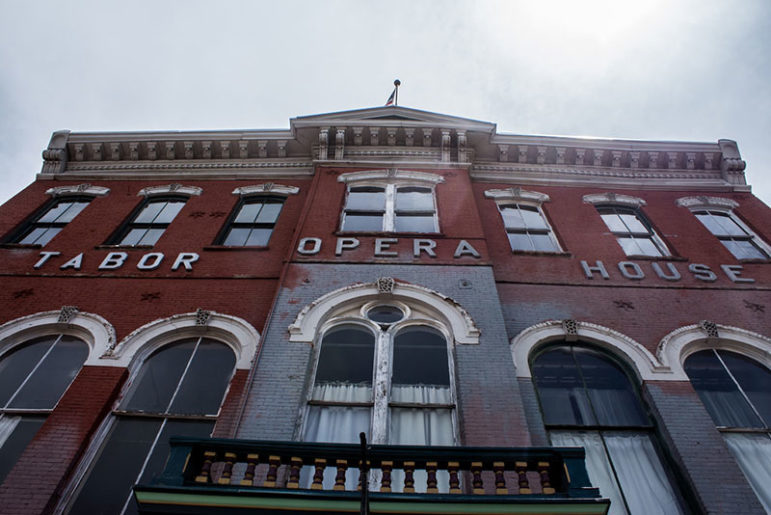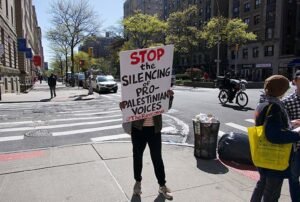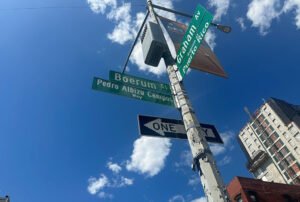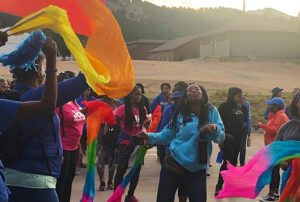
November 25, 2016; Colorado Public Radio
You won’t only find opera houses in America’s big cities; smaller gems can be found in towns across the country, hearkening back to the era before mass communication, when the only way for aficionados in the hinterlands to appreciate the likes of Puccini or Verdi was through live performances. Many of them were built in the late 19th century and are examples of the classic architecture of that era. For that reason, they are considered historically and architecturally significant.
In Colorado, the city of Leadville has officially purchased the Tabor Opera House, built in 1879, and the historic building will now undergo major renovations, reports Colorado Public Radio. Leadville is a historic mining town of some 2,500 people located in the heart of the Rockies at an elevation of over 10,000 feet above sea level, which must have been quite a challenge for any singer. Leadville received enough grant funding to pay $600,000 for the opera house and its contents, making possible a long-term major repair project that will probably take 10 to 15 years, and which the city estimates will cost up to $10 million. Recent renovations included its roof and the structural supports, but much more remains—electrical and plumbing, as well as the brick exterior.
The Tabor Opera House Preservation Foundation, a local nonprofit, will oversee operations and renovations, and it has already begun seeking more grant funding. This is an arrangement common to cities large and small, with the local government owning the structure and a private nonprofit acting as a fundraising support group that is also responsible for programming and overall management of the facility.
“There is no intent for the city to put money into that process,” Leadville’s mayor says. “Our total budget is about $2 million. The city is too poor to take this on.”
Sign up for our free newsletters
Subscribe to NPQ's newsletters to have our top stories delivered directly to your inbox.
By signing up, you agree to our privacy policy and terms of use, and to receive messages from NPQ and our partners.
Therein may lie a problem to be anticipated. NPQ has written often about the struggles that can result from these municipal/nonprofit partnerships. When projections about cost, revenue, or timing turn out to have been off, the agreements between municipalities and nonprofits in these kinds of relationships can run into relatively common problems. Still, these are endeavors that are important to community development and so both parties continue to take the plunge. For the town, the arts or performance center constitutes a potential attractor, making the area more vibrant and desirable to young residents and business.
One priority will be to install a heating system so the 660-seat Tabor Opera House can stay open year round. Currently, the building is only open for summer events because it doesn’t have heat. The Tabor’s previous owner spent seven years looking for a buyer because she could no longer afford to carry the property. Her mother purchased it in 1955 to save it from being demolished.
“Mining tycoon Horace Tabor founded the Tabor Opera House during Leadville’s silver rush nearly 140 years ago. Entertainers like Harry Houdini and Oscar Wilde performed there in its early heyday. And musicians ranging from composer John Philip Sousa to folk musician Judy Collins have also appeared on its stage,” says Colorado Public Radio.
In the modern era, the building, designated as a National Treasure by the National Trust for Historic Preservation, has hosted various events from concerts to operas. Its future renovations have already attracted the interest of Colorado-based historical societies and well-heeled business leaders—again, a pattern not unfamiliar to culture vultures in big cities like New York, Chicago, and Los Angeles.—Larry Kaplan












